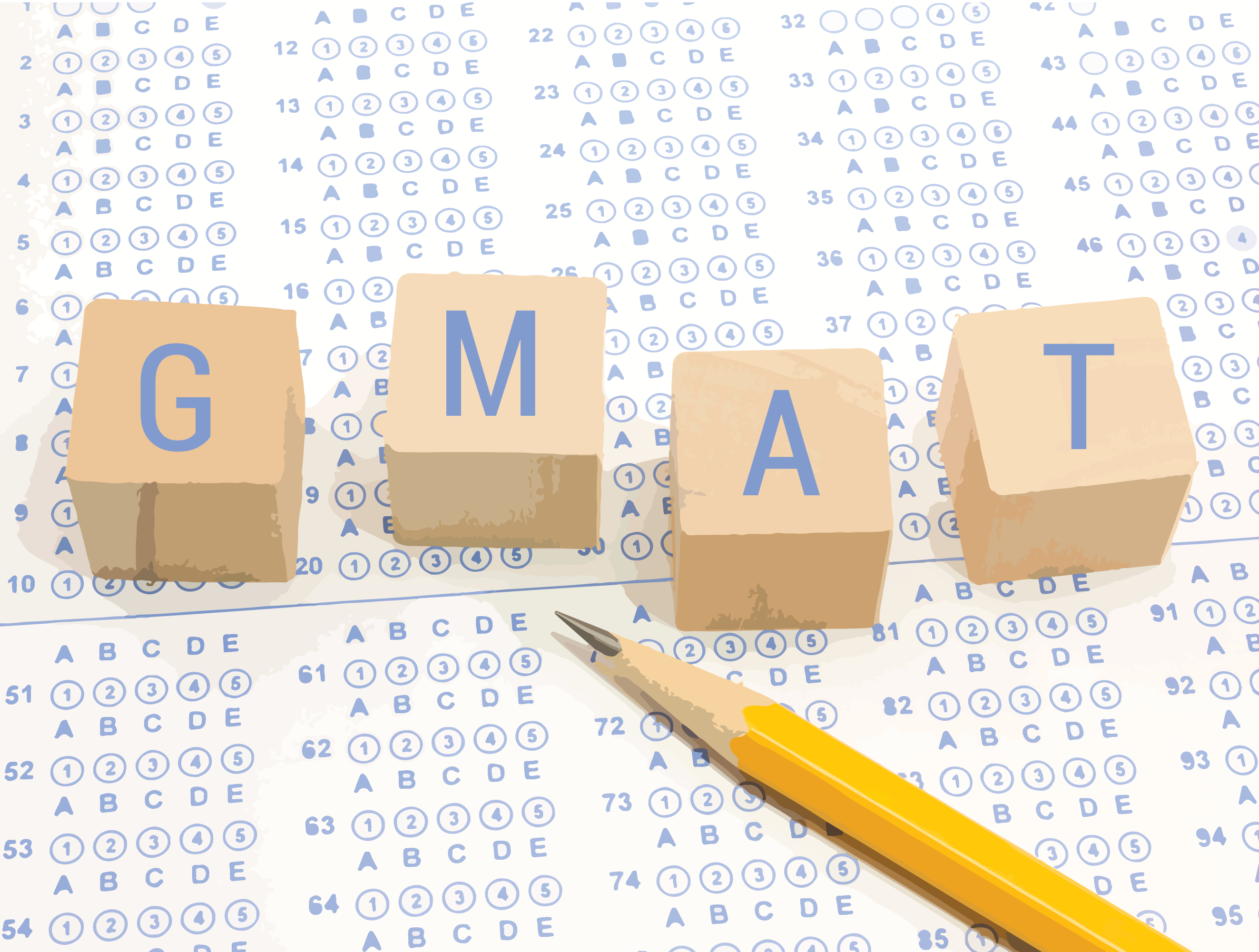GMAT- Structure of the test
Taking a GMAT will prove to be your first and probably the best step towards an impactful career. GMAT scores are accepted by more than 6000 business and management programs worldwide. GMAT is the first choice for many aspirants for a simple reason that no other test allows you to showcase the skills that matter the most in a business school classroom and in your career ahead.
Why to go for GMAT?
- GMAT exam measures the skills that are most required to successfully endure a management program. GMAT’s unique integrated reasoning section measures skills that matter the most.
- Years of research confirm that GMAT exam is a reliable indicator of the credibility of a candidate for admission in a business or a management program.
- GMAT scores are accepted by more schools and programs than any other graduate management aptitude test.
- GMAT testing is available round the year in state of the art testing facilities to provide you with an unparalleled testing experience to help you perform your best.
Graduate Management Aptitude Test (GMAT) is conducted by Graduate Management Academic Council, US. GMAT is a computer adaptive test and cannot be repeated more than one time in a calendar month, even if scores are cancelled. GMAT test scores are valid for 5 years and candidates can score a maximum of 800. Exam fee is US$ 250.
Structure of the test
The GMAT exam consists of four sections: an analytical writing assessment, integrated reasoning, the quantitative section and the verbal section. Total testing time is three and a half hours with a half an hour break. Test takers are given 30 minutes each to complete the first two sections and 75 minutes each to complete the next two sections. GMAT is a computer adaptive test which means that the difficulty level of each question depends on the performance of test taker for previous question.
Given below is an overview of all the sections of GMAT:
Analytical Writing Assessment (AWA) – AWA consists of a 30 minute writing task where a candidate is required to present an analysis of an argument and also provide a critique of the argument. Essay will be given two independent ratings on the scale of 1-6 where 1 stands for an essay that is deficient and 6 stands for an essay that is outstanding. The two ratings are averaged together to form the final AWA score of a candidate.
Integrated Reasoning– This section is a relatively new entrant in GMAT. It was first introduced in June 2012 and is designed to measure a test taker’s ability to assess data and statistics in different formats. There are 12 questions of four different types: table analysis, graphic interpretation, multi source reasoning and two part analysis. The scores in this section range between 1-8.
Quantitative section– This section measures a candidate’s ability to reason quantitatively and analyze quantitative data. Questions are basically of two types: problem solving and data sufficiency. Both question types assess the test taker’s ability to reason quantitatively. Scores are given in the range of 0-60, however usually scores lie in the range of 11 and 51.
Verbal section– This section measures a candidate’s ability to read and comprehend written material, decipher the prime argument of the text and express views in correct standard English. Question types are: reading comprehension, critical reasoning and sentence correct questions. Scores range between 0-60.
GMAT Coaching Classes, thus, aims to measure all those skills which are considered to be imperative for anyone who wants to go for management and business related courses.
